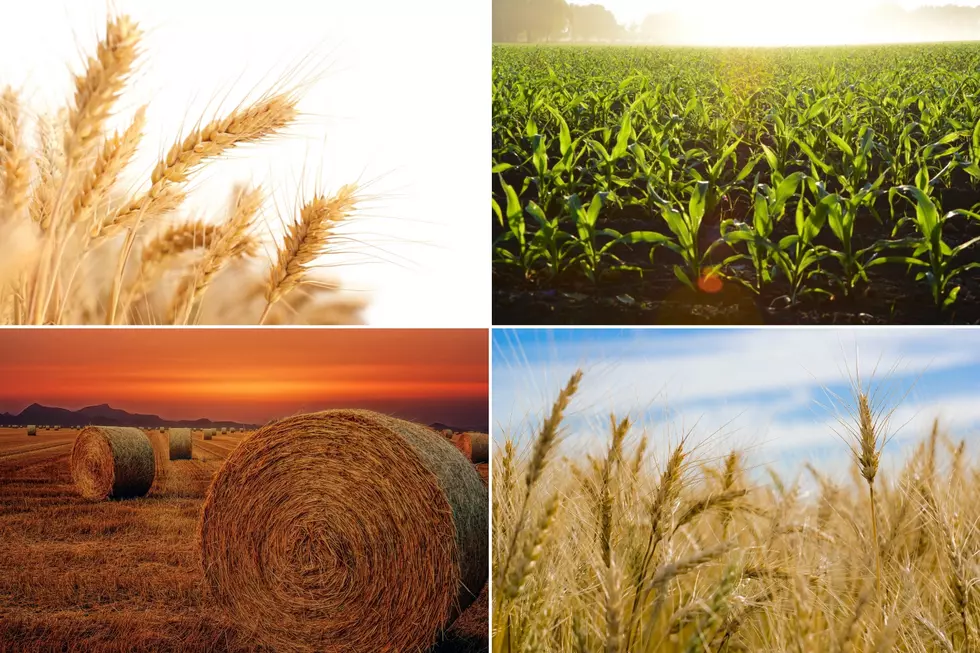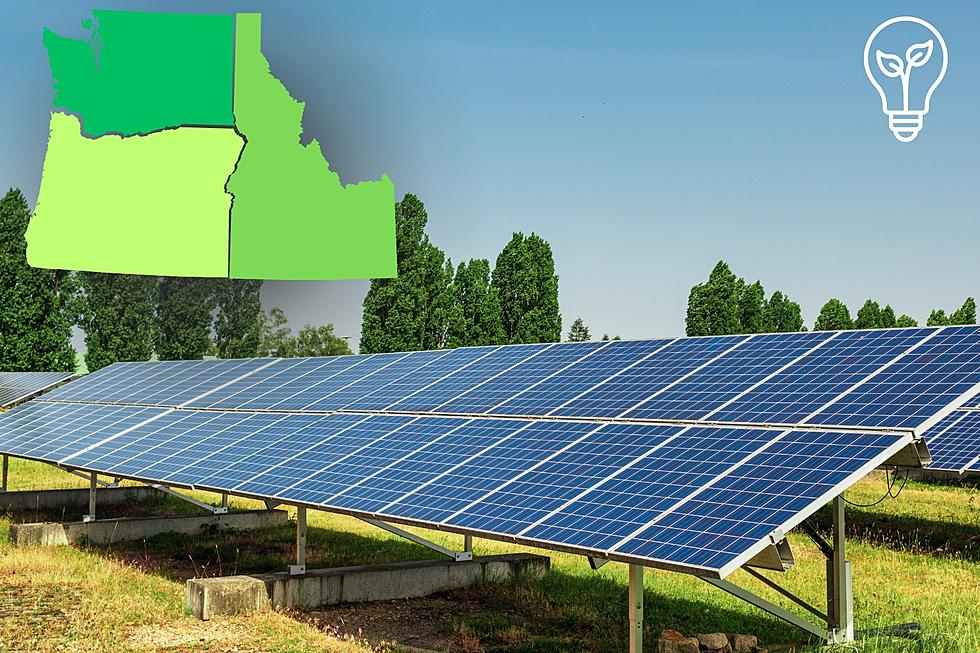
Farm Bill Simplified: Nutrition
The Senate Agriculture Committee released a newsletter entitled “Farm Bill 101: Protecting Food Access for Families."
This one-pager is designed to be easily digestible and breaks the otherwise complicated farm bill legislation into two primary parts: the farm safety net and the nutrition title. The release highlights the necessity of the farm safety net not only to farmers and ranchers, but also to the consumers that rely on them.
“The Farm Bill’s nutrition programs weave a safety net for American families that reduces food insecurity, benefits our farmers, and lifts millions out of poverty,” said Senate Ag Committee Chairwoman Debbie Stabenow of Michigan.
The Family Safety Net:
- Just as the Farm Bill supports a safety net for our farmers, it also supports a safety net for American families, helping people put healthy food on the table while benefitting our farmers, producers, and the economy.
- About 41 million people - almost 80% of whom are children, seniors, people with disabilities, and veterans – use SNAP, the largest nutrition program in the Farm Bill, to buy food. These modest benefits, which average about $6 a day, reduce food insecurity in our country by as much as 30% and can increase GDP in local economies by $1.50 for every SNAP dollar spent.
The History of Nutrition in the Farm Bill:
- The Farm Bill has always been a cornerstone in helping American families access healthy food. In 1973, the first “Nutrition Title” was added to the Farm Bill to permanently establish these critical programs.
Interesting Fact:
- In 2021, as directed by the 2018 Farm Bill, the USDA made the first meaningful revision to the Thrifty Food Plan, which represents a nutritious and cost-effective diet that helps determine SNAP benefits, in 50 years! The modest update will lift 2.4 million people out of poverty.
Nutrition Programs in Action:
- The Farm Bill’s nutrition programs reach every community in every state. They help families make ends meet, make nutritious food more affordable, and support local food banks and community organizations. In addition to SNAP, these programs include:
- The Gus Schumacher Nutrition Incentive Program (GusNIP), which is a born-in-Michigan idea that helps low-income people purchase more fruits and vegetables. It is a proven way to help people access a healthier diet.
- The Emergency Food Assistance Program (TEFAP), which provides food and resources to food banks and community organizations working to feed their neighbors.
- The Food Distribution Program on Indian Reservations (FDPIR), which provides food assistance for Native American communities. The 2018 Farm Bill took important steps to give tribes increased self-determination in the procurement of traditional foods.
- Nutrition Education programs, like SNAP Ed, which help people build healthy habits.
- The Commodity Supplemental Food Program (CSFP), which provides food boxes to low-income seniors.
- The Fresh Fruit and Vegetable Program (FFVP), which introduces school children to a variety of healthy, fresh produce.
- And much more!
Find Out More:
- You can learn more about how the Farm Bill supports the family safety net here.
- The farm and ranch portions of how the Farm Bill helps producers can be found here.
Sources: NAWG, U.S. Senate on Committee on Agriculture, Nutrition, & Forestry, PNW Ag Network
The Italian Restaurant in California and Oregon Named in Top 20 Best in America
More From PNW Ag Network









